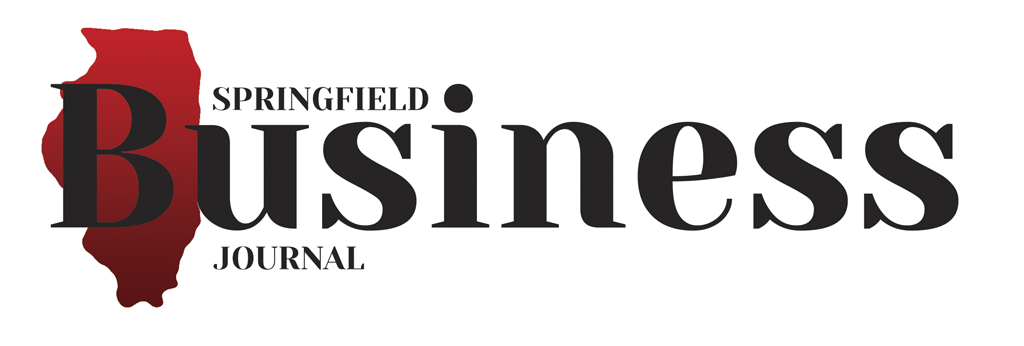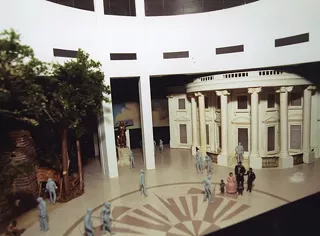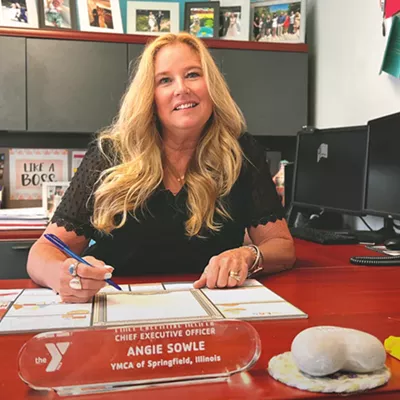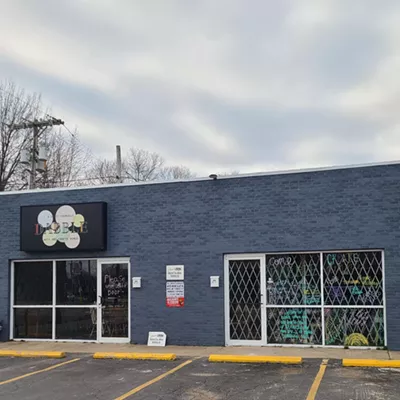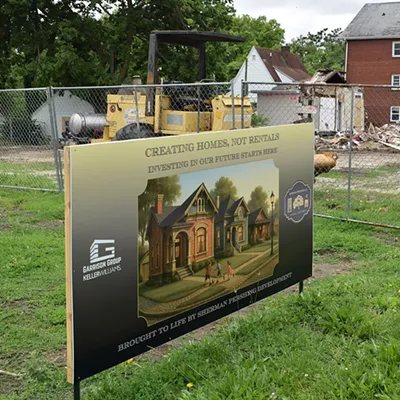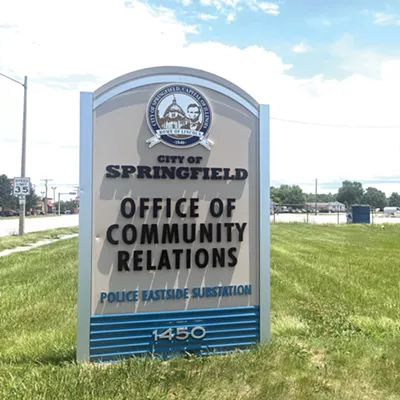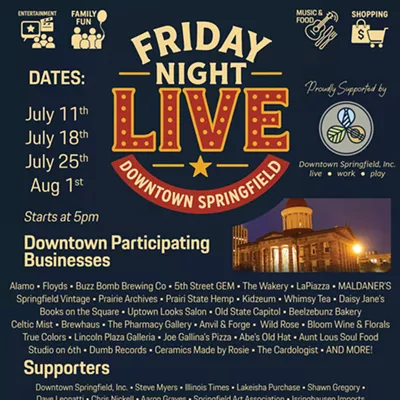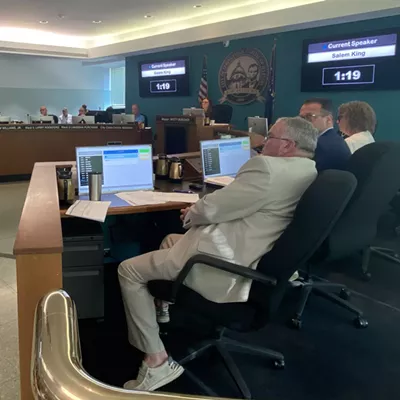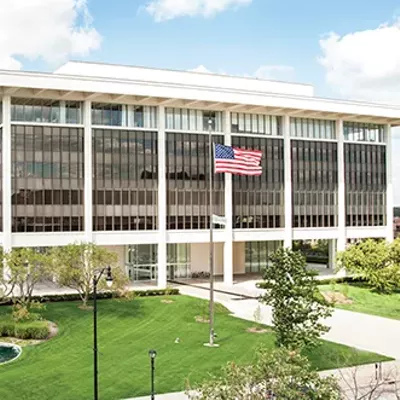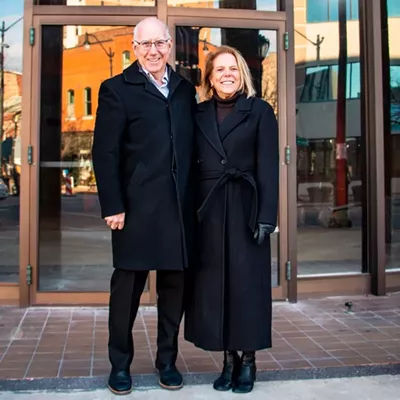By David Blanchette
The Abraham Lincoln Presidential Museum “redefines what is possible in a history museum,” said BRC Imagination Arts founder and CEO Bob Rogers, the museum’s designer. “There really is something different going on here. Instead of visitors touching it, it touches them.”
Rogers was in Springfield recently as part of the Presidential Museum’s 10th anniversary observance. He told a capacity crowd in the museum’s Union Theater about the genesis of the world-renowned facility, and why those planning it decided to take a radically different approach than existing presidential libraries and museums.
Rogers cited several of “the dreamers” sitting in the audience, “without whom we would not have a project.” He singled out Julie Cellini, who in 1981 as an Old State Capitol volunteer was shown the artifact vault that held the state’s world-renowned Abraham Lincoln collection in the building’s basement. She was aghast that one of the world’s most significant collections of original artifacts was essentially hidden from public view. In 1985, when the Illinois Historic Preservation Agency was formed and Cellini was named to its board of trustees, she decided to do something about it.
“She was told ‘there is no money and it’ll never happen in Springfield,’” Rogers said. “I’m here to tell you, this could only happen in Springfield.”
Calling Cellini the “mother” of the Presidential Museum, Rogers joked that she was “a determined fool with no quitting sense.” She and a group of community leaders, including State Historian Tom Schwartz, former Historic Preservation Agency Director Susan Mogerman, agency sites division manager Bob Coomer, and former Springfield Mayor Karen Hasara convinced Governor Jim Edgar and Illinois legislative leaders that the Presidential Library and Museum was a project whose time had come.
The first order of business was to tour the existing presidential libraries to see firsthand their design and operation. The state of the art in presidential libraries in 1991 was “pretty darn lame and boring, an unemotional walk-through textbook on a wall,” Rogers said. Those planning the Abraham Lincoln Presidential Library and Museum decided they wanted something different, an institution that even people with no interest in history would want to visit. Hiring BRC Imagination Arts in 1998 as the museum’s exhibit designer was a major step in that direction. The whole concept of an entertaining presidential library and museum was “quite a bit controversial” at the time, Rogers said.
BRC immediately began to meet with the core planning group, which included a team of Lincoln experts, historians and master teachers who were there to make sure that whatever was done, it was historically accurate and appropriate to Lincoln’s legacy. To their credit, the team agreed with Rogers’ recommendation that “you need to fish with bait that’s interesting to the fish.” A story-driven museum, a “life-changing experience” with lots of strong emotions in a single story line, would make visitors appreciate and understand the significance of the original artifacts.
The numbers for such a radical departure from the tried-and-true museum were not in Springfield’s favor. Several market analyses of existing presidential library complexes indicated that the Lincoln Presidential Museum could expect “at best” 315,000 visitors during the first year and about 233,000 per year after that, for an estimated attendance of 2.4 million during the first 10 years of operation.
“We told those experts ‘we’ve got Abraham Lincoln, dammit, not Richard Nixon,’” Rogers said. The actual attendance numbers far exceeded the estimates – more than 600,000 the first year, and a 10-year attendance of 3.7 million. Gift shop sales figures are among the best in the nation, and the institution continues to excite visitors, authors, historians and movie producers.
“You have exceeded every single measure of success,” Rogers said.
Rogers said that BRC and the design team came up with “The Ten Lincoln Rules” that guided the design process and helped create what exists today at Sixth and Jefferson Streets in downtown Springfield. The rules were:
- Scholarship meets showmanship.
- Emotional before intellectual.
- Visual before verbal.
- Total immersion.
- Cinematic.
- Story precedes artifacts.
- Tell less, intrigue more.
- The technology becomes invisible.
- Accommodate shorter attention spans.
- Emotional engagement is the new interactivity.
Referring to the line uttered by actor Jack Palance in the movie City Slickers, Rogers said it was crucial that the Lincoln Presidential Museum had to convey “one thing.” The team decided the “one thing,” the central story of the museum, was that “Lincoln is Job,” referring to the Old Testament story of perseverance against all adversity.
Visiting the Presidential Museum today, it’s hard to imagine that the design team said “no” to any of the ideas put forth by BRC. But there were several that hit the cutting room floor, including the original idea for the scene where the Lincoln children are playing in the Lincoln-Herndon Law Offices. Lincoln’s law partner William Herndon wrote of coming to the office one day to find Lincoln reading the newspaper on the couch while his son urinated in the office stove. While historically accurate and certainly entertaining, the team axed the fire-dousing indiscretion and replaced it with a game of broom-and-inkwell baseball.
Rogers recommended keeping the core focus of the museum intact for those who come from farther than 50 miles away, who will always come and to whom the experience will be fresh. For the resident audience, he recommended the continued use of the museum’s Illinois Gallery with regularly updated, meaningful and compelling exhibits, which do not necessarily have to focus on Lincoln. He also suggested more theatrical and special events designed to attract new and repeat visitors.
Since the Presidential Museum project, BRC has been busy designing museum and show experiences for Heineken in Amsterdam, the Space Shuttle Launch Experience for NASA, the 2010 World’s Fair Shanghai Pavilion, the Museum of Liverpool, the World of Coca-Cola Show, and the European Union Pavilion at the 2015 Milan World’s Fair. But it is the Lincoln Presidential Museum which remains dear to Rogers’ heart.
“Thank you for being here for the last 10 years, and for a long time before that,” Rogers said.
David Blanchette is a former award-winning broadcaster, longtime Illinois history spokesman for five governors, freelance writer, media relations consultant, and co-owns and operates a Springfield photography studio. He can be reached at getthewordout6@gmail.com.
